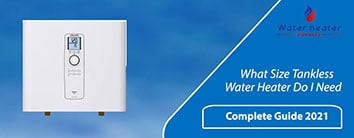Tankless Water Heater Frozen – Do These Things To Fix It
Is your tankless water heater frozen, and you are looking for a complete guide on how to thaw a frozen tankless water heater? You have come to the right place.
Tankless devices provide you with a limitless warm water supply in frosty weather.
In winters, the units themselves don’t need any protection from freezing as long as the electricity and gas are running.
Nevertheless, if there’s a power shortage, your heater might be frozen.
When the weather begins getting cold, the temperature commences decreasing.
Your appliance can freeze and undergo weather-related issues.
No matter if you need to winterize it as you shut off a summer cabin or reside in a colder area. Your tankless machine will need a bit extra attention.
Read on to learn how to thaw frozen tankless water heater in colder weather. We will also educate you to inhibit your device from freezing in winter.
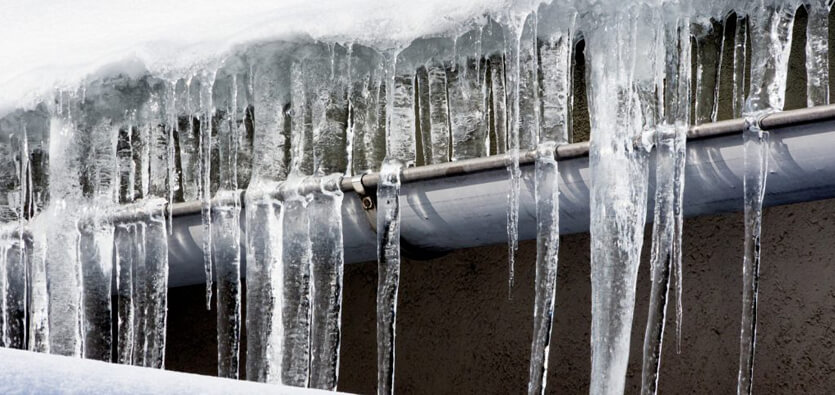
How To Thaw An Outdoor Tankless Water Heater Frozen?
If you are wondering how to fix frozen tankless water heater, follow these steps.
- Initially, examine if your heater’s pipes that lead in and out are frozen or the unit itself. It will frequently be the probability.
- You can figure it out by just touching your unit to identify the point where it’s enormously cold.
- You can utilize a space heater or any other heating component to apply warmth indirectly to the cold region till it defrosts.
- Now, you have to locate burst or broken pipes. The major cause for broken or burst pipes is the water expansion when it freezes.
- Suppose there’s inadequate space in your unit to adjust that expansion. The pipes might have burst or been damaged.
- It means when they will defrost, you will procure watery chaos on your hands.
- Thus, you should find the water close-off valve before you thaw your device’s pipes.
- The next step of how to thaw frozen tankless water heater is to shut off the water or gas supply going to your appliance if you have realized that your entire heater has frozen over.
- Remove the unit and take it into an open spot such as a garage.
- In this way, if the tankless water heater bursts as it defrosts, you won’t have to encounter a mess inside your residence.
- Make the area warm to liquefy the frozen water. You can also activate a room heater for this purpose.
- Dribble the device as the frost starts thawing. To do this, discontinue the water supply going to the heater.
- Then, open the tiny draining valve that is situated near the container’s bottom.
5 Ways To Prevent The Tankless Water Heater From Freezing
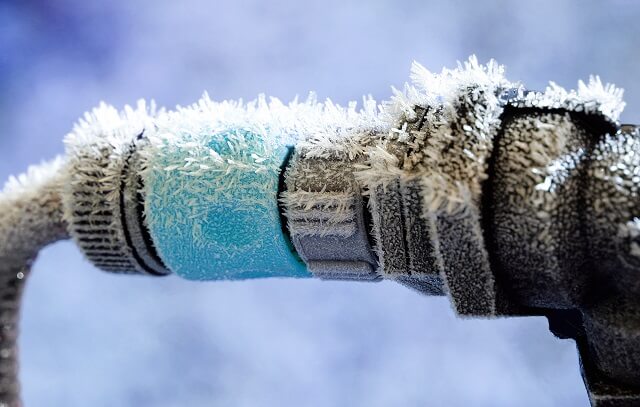
Follow these ways to prevent your device from freezing in winter.
1. Drain It
If your system is frozen and does not have incorporated freeze protection, you can drain it if winter is approaching or you are going on a trip.
Deactivate the electricity, gas, and water supply as well as temperature control. Open a warm water fixture to release pressure.
Then, put a bucket beneath the appliance to catch water; now, you can securely take away the drain caps from the cold/warm isolation valves.
Warm water will be discharged, under pressure, into the bucket.
The next step of Navien tankless water heater frozen is to remove the inlet filter and drain plugs on the heater’s bottom.
2. Consider A Recirculation System
If you reside in a colder region, consider having a recirculation system.
They are typically installed to provide a direct source of warm water at a certain spot.
Additionally, they constantly engage the heater and your plumbing system.
It will inhibit your plumbing system and device from freezing, but the added expanse probably is not worth it for the majority.
These systems have numerous advantages. For instance, they lower the time for warm water to enter the faucets distant from the tankless appliance.
3. Maintain A Power Source
Your heater must be connected to electricity to guarantee the freeze protection system will function.
Remember that it does not mean the device needs to be on—only plugged in.
If your area often has a power failure, you can use a battery backup system or drain-down solenoids.
4. Insulate Your Device
Insulating your tankless machine will aid in preventing freezing within the heater.
We recommend you insulate the pipes too, especially if they are sited in a region exposed to low safety levels.
Attic-based or crawl space-based plumbing system is extremely vulnerable.
You can use heat tape, fiberglass insulation, or polyethylene coat to get the best outcomes.
5. Run Low Water Flow
Mostly in winter, the temperature may fall too low; your tankless machine can’t safeguard itself against freezing.
Decreasing water flow aids when there’s also a power outage.
However, you can avert the exterior pipes and the heater from freezing by disengaging the power, turning off the gas supply valve, and opening a warm water tap.
The flow rate should be about 1/10th of a gallon per 60 seconds flow. The water stream will be 0.20 inches wide only.
The decreased water flow leaves little remainder in your pipes to freeze.
How To Winterize A Tankless Water Heater?
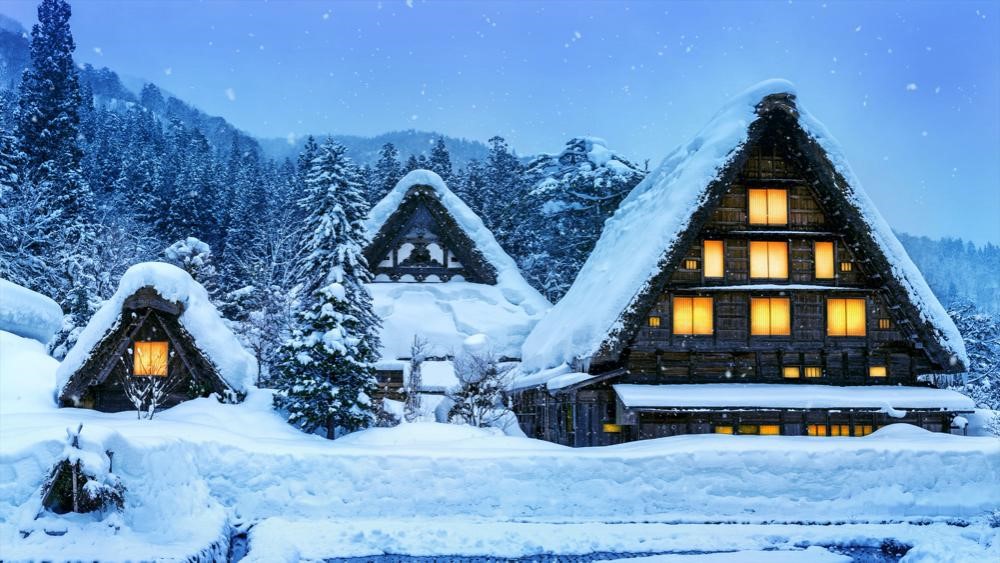
Winterizing your unit is a commendable defensive measure, especially if you are going on a winter vacation.
Weather can change promptly, and unanticipated snow, ice, and freezing hurricanes can be troublesome if you are not closer to taking the precautions.
You must check your manufacturer’s manual for thorough guidelines for your particular device.
These directions are offered as a general guide. Your heater may have diverse requirements.
Follow These Steps To Winterize Your Water Heater.
- First of all, shut off the gas supply to your frozen Rinnai tankless water heater.
- Then, switch off the cold water to your unit. Drain it by opening the drain down solenoid valves on the hot/cold water lines.
- Open various warm water fixtures within your home. Take off the inlet filter on the cold water line.
- Eliminate the plug or inline filter on the warm water line to leave space for expansion if there’s any water residue in the pipes that freeze. Remember, not all heaters have these fittings on the warm water line.
- Now, shut off the electric power to your appliance. It depends on how your heater is wired; you can either deactivate the circuit breaker or unplug the heater.
- If there are power outages or surges, your unit will be secured.
- Then, you have to put a cover on the intake and exhaust vent’s terminal if you can reach them securely.
- Debris and leaves enter the vent system and become stuck. Airflow problems can also be an issue when it’s time to reactivate your device.
Conclusion
When the cold weather starts, tankless water heater frozen pipes commonly get frozen. However, it’s unusual for tankless devices to do so.
The fundamental cause for this is they mostly have warm water traveling through them.
Nonetheless, you could likely have a gas tankless water heater frozen if you kept it shut off for a prolonged period.
If you are dealing with a Rinnai tankless hot water heater frozen, adhere to the tips mentioned above to defrost your appliance. Unquestionably, it will take some time.


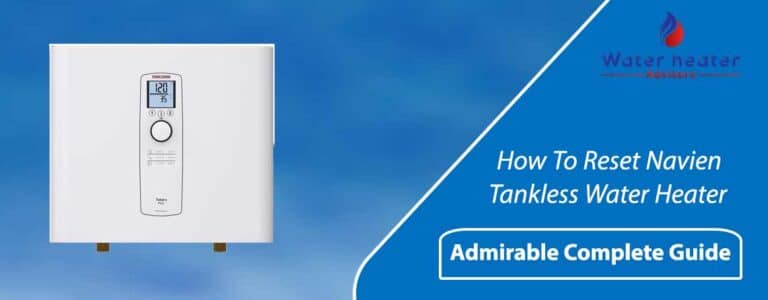
![How To Turn On Water Heater? [Gas, Electric, Tankless Water Heaters – Complete Guide 2021]](https://waterheateradvisors.com/wp-content/uploads/2021/06/How-To-Turn-On-Water-Heater-768x300.jpg)

